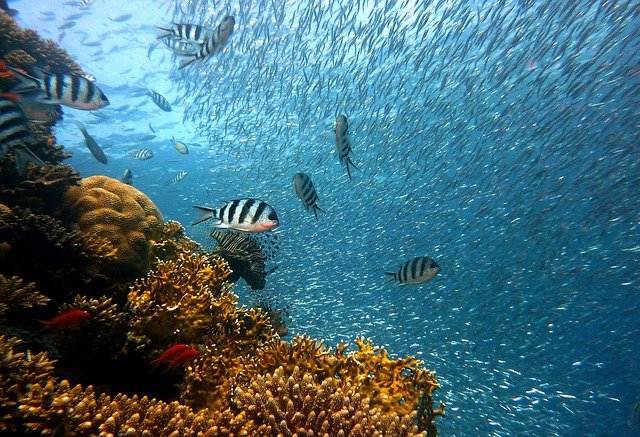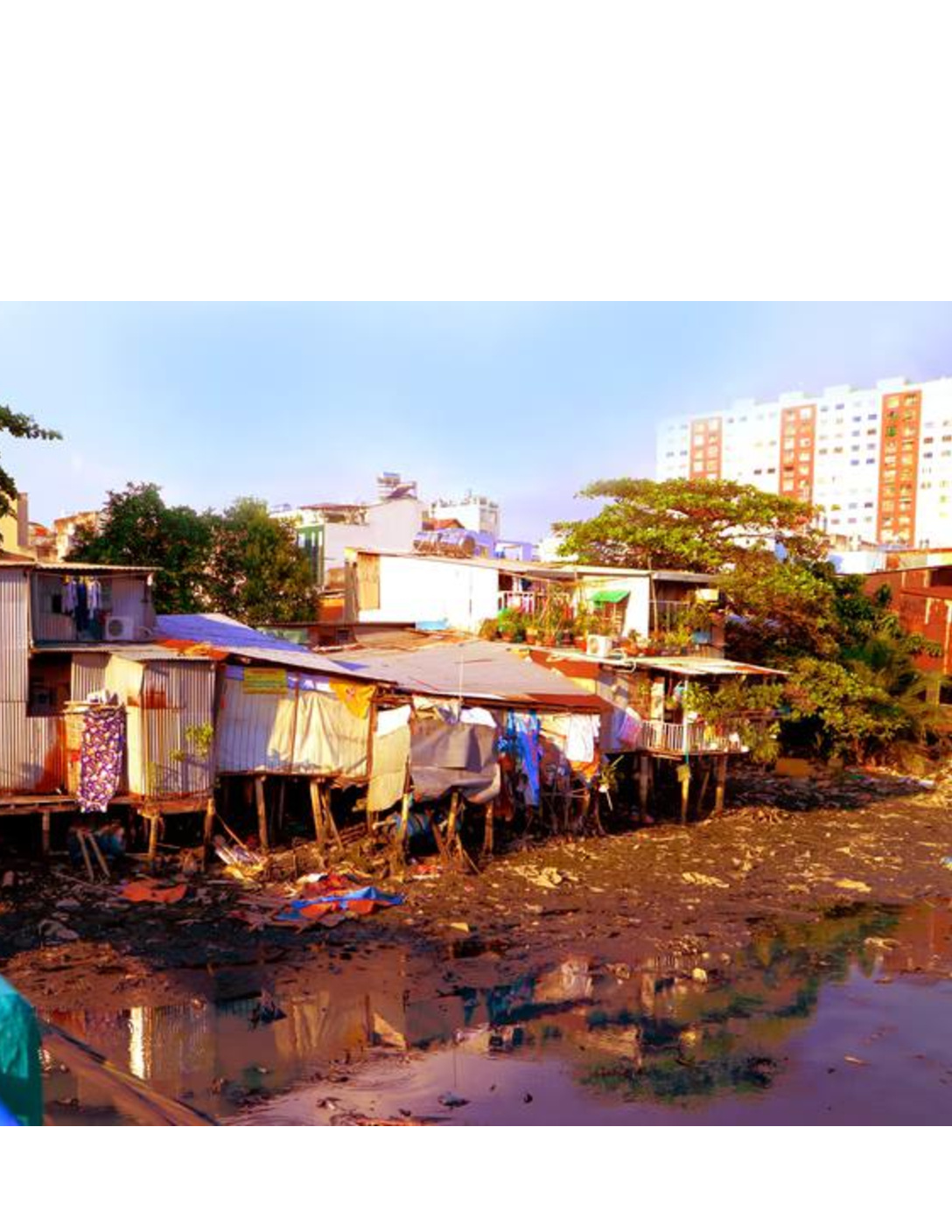By April Day, Staff Writer for Save the Water™ | January 26, 2017
The ocean is undergoing chemical reactions that impact marine life and humans. Local communities cannot stop these reactions but can slow and manage its effects, in part, by supporting approaches informed by science.
What is ocean acidification?
The term “ocean acidification” refers to chemical reactions that occur when carbon dioxide is absorbed into seawater. These reactions reduce the ocean’s pH, indicating an increase in the ocean’s acidity. These reactions also lower carbonate ion concentrations and saturation states of calcium carbonate minerals. The calcium carbonate minerals are the building blocks for the skeletons and shells of many marine organisms. When seawater is unsaturated with these minerals, ocean acidification likely impacts the ability of some organisms to produce and maintain their shells.1
Why is it a problem?
Globally, the ocean provides the main source of protein for over a billion people. Jobs and economies depend on the ocean’s fish and shellfish.1 In the United States, Washington, Oregon, and California’s commercial and recreational fishing generates a total of $35.2 billion annually and supports 242,000–nearly a quarter of a million–jobs.2
Yet the economic impact of ocean acidification depends on how it affects a particular species or that species’ prey. For example, earlier studies had found that Dungeness crab larvae is vulnerable to acidification, but a recent assessment has shown that a decrease in the crabs’ prey caused the decline. Dungeness crab is one of the most economically valuable species in the United States’ West Coast fisheries, valued annually at around $220 million.1 Another recent study in the North Atlantic of two stocks of cod indicated that ocean acidification reduced the likelihood of cod early larvae surviving. Cod is also a commercially significant species.3 Thus, understanding ocean acidification’s consequences requires extensive study of the marine food web and marine life development stages.
The consequences of ocean acidification will harm some areas before others. The California Current of North America is particularly vulnerable to ocean acidification because of a confluence of factors, including regional winds that bring deeper waters to the surface at the coast in a process referred to as “upwelling”.1,2
Estimates indicate that ocean acidification is occurring at a faster rate than in the past.1 Other recent research has shown that ocean acidification causes a reduction in snails’ energy metabolism. These reductions can result in a reallocation of the snails’ “energy budget away from fundamental-fitness related functions,” according to Dr. Simon Rundle from the School of Biological and Marine Sciences at University of Plymouth.4 This recent research suggests that temperature may impact a species’ ability to adapt to ocean acidification in the long term.4
Evidence has shown that increasing ocean acidification significantly reduces the ability of reef-building corals to grow their shells.1 But recent research suggests that some tiny marine organisms with shells that are vulnerable to acidification will likely have only a slight population decline.4
Are there any solutions?
Although ocean acidification spans the world, there are several solutions to manage some of ocean acidification’s impact locally. While a panel of scientists found that local actions cannot halt ocean acidification, the panel did find that local actions can prevent exacerbating ocean acidification in local ecosystems. Local actions may be able to enhance the ability of ecosystems and organisms to cope with ocean acidification. Because organisms and the food web’s responses to ocean acidification are complex, more research is needed to inform coastal stakeholders to manage and to slow its consequences.2
Two possible approaches can reduce ocean acidification’s impacts: (1) biologically-based and (2) abiotic methods to mitigate ocean acidification exposure. For the biologically-based approach, seagrasses, kelp, and other macrophytes can be used to remove CO2 from the water and may be a means to locally reduce CO2 in shallow coastal environments. As for the abiotic approach, the methods would increase alkalinity of seawater or physically remove CO2. Either synthetic chemicals or natural base minerals could be added to the ocean to increase alkalinity. Engineered approaches that can remove seawater include “electrochemistry, electrodialysis, vacuum extraction, and aeration with a CO2-depleted gas”.2
What are actions that can be taken now?
Because of its complexity in cause and effects, more research about ocean acidification is needed to determine costs and benefits and its effects on marine ecosystems.1,2 Opportunities exist to develop and to implement better controls on nutrient and organic matter pollution that flow from land into coastal waters. These chemicals nourish algae and bacteria, which in turn trigger a process that reduces oxygen in seawater called hypoxia and thus exacerbate ocean acidification. But these controls must be informed by sound science.2
Other actions that can be taken are developing water quality standards that reflect current knowledge instead of being based on outdated science from 40 years ago, using demonstration projects to determine which locations are optimal for implementing CO2 removal strategies, supporting research relevant to management options, and reducing co-occurring stressors on ecosystems. Local actors can also create better monitoring that is more comprehensive and includes physical oceanographic, chemical, and biological variable and indices. Finally, local actions and research will have more impact when coordinated.2
References
- National Oceanic and Atmospheric Administration (NOAA). “What is Ocean Acidification?” http://www.pmel.noaa.gov/co2/story/What+is+Ocean+Acidification%3F
- F. Chan, et. al. April 2016. “The west coast ocean acidification and hypoxia science panel: Major findings, recommendations, and actions.” http://westcoastoah.org/wp-content/uploads/2016/04/OAH-Panel-Key-Findings-Recommendations-and-Actions-4.4.16-FINAL.pdf
- M.H. Stiasny, et. al. August 23, 2016. “Ocean acidification effects on Atlantic cod larval survival and recruitment to the fished population.” PLoS ONE 11(8).
- University of Plymouth. January 9, 2017. “Landmark global scale study reveals potential future impact of ocean acidification: International research teams takes integrative approach to analysing impact of acidic water on marine snails.” ScienceDaily. https://www.sciencedaily.com/releases/2017/01/170109102439.htm
- NOAA Fisheries West Coast Region. January 12, 2017. “Ocean acidification to hit west coast dungeness crab fishery, new assessment shows analysis projects economic impacts of ocean acidification on key west coast fisheries.” ScienceDaily. https://www.sciencedaily.com/releases/2017/01/170112141320.htm





